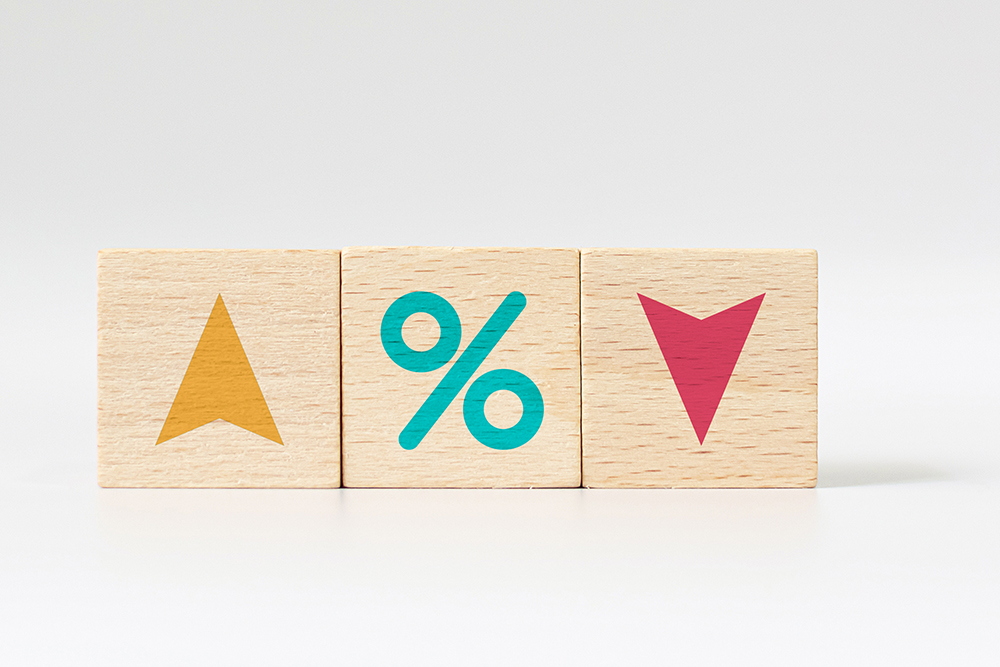
A fundamental principle of bond investing is that market interest rates and bond prices generally move in opposite directions. When interest rates rise, the cost of bonds typically decreases and the bond’s yield (how much you’ll earn) usually increases. This is true for government and corporate bonds.
INVERSE RELATIONSHIP
A bond’s coupon rate (e.g., interest rate) is fixed when issued. But when interest rates change, the coupon rate becomes more or less attractive depending on how interest rates move. When a bond’s coupon rate is lower than the prevailing interest rate, investors will likely find it less appealing, and the bond’s price will decrease. For example, if a corporate bond has a coupon rate of 3%, but prevailing interest rates are 4%, an investor will pay the amount that generates more than a 4% yield. So, a $1,000 face value bond might sell for $925.
Remember that time to maturity and the issuer’s credit quality also impact bond rates.

